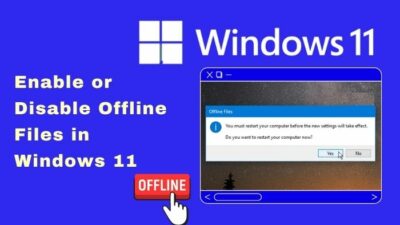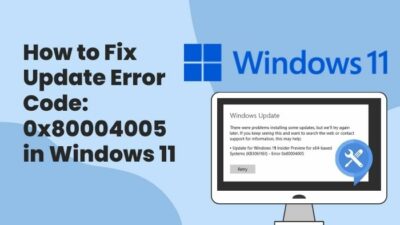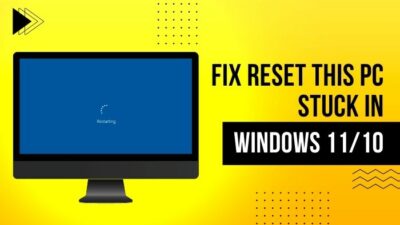Although there’s no shortcut to success, there are shortcuts in your Windows 10 PC that can save time and increase your productivity.
But before you start using the keyboard shortcuts, you need to enable hotkeys on your device, and here I’ll explain how you can do that along with the process of creating new shortcuts.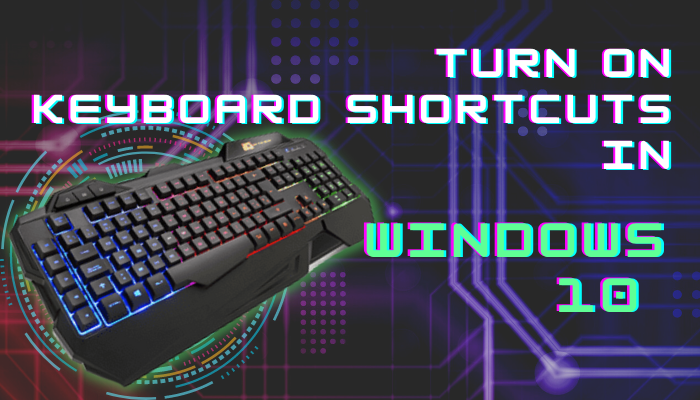 Let’s begin!
Let’s begin!
How to Enable Keyboard Shortcuts in Windows 10
To turn on keyboard shortcuts in Windows 10, you have to enable the hotkeys from the Local Group Policy Editor. Simply search for gpedit, go to User Configuration > Administrative Templates > Windows Components > File Explorer and choose Enabled for the Hotkeys option.
Follow the instructions below to allow hotkeys on your Windows 10 device.
Read more on how to fix keyboard not working on Windows 11?
Here are steps to enable keyboard shortcuts on Windows 10:
1. Use Graphics Options to Activate Hot Keys
Graphics Options let you turn on/off the Hot Keys along with providing quick access to Tray Icon, Panel Fit, Resolution and other settings.
Here’s how to use Graphics Options to activate Hot Keys:
- Right-click anywhere on the desktop.
- Select Graphics Options > Hot Keys and check the Enable option.
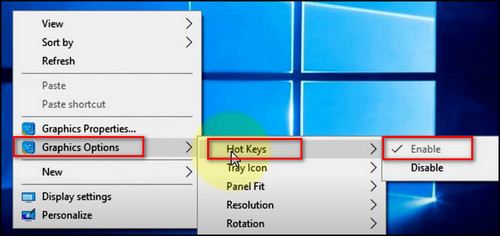
2. Use Local Group Policy Editor to Enable Shortcut Keys
Local Group Policy Editor is a Microsoft Management Console that manages local Group Policy Objects, which includes hotkeys.
Here’s the process to enable shortcut keys from the Local Group Policy Editor:
- Search for gpedit and open Edit group policy.
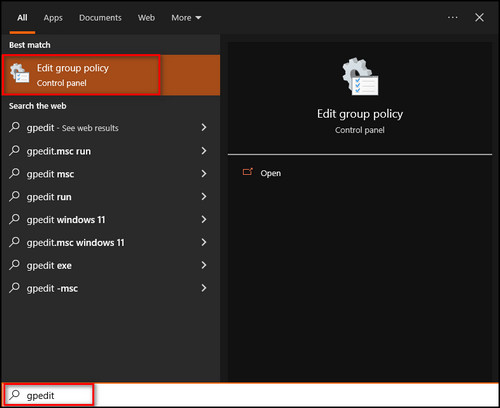
- Move to User Configuration > Administrative Templates > Windows Components and open File Explorer.
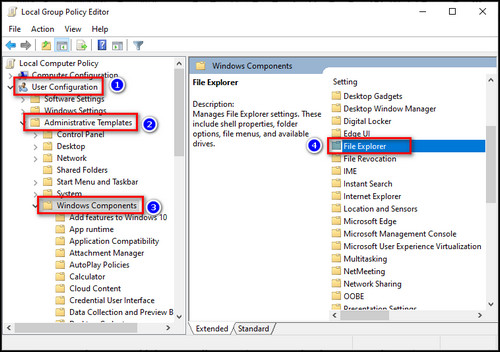
- Double-click on Turn off Windows Key hotkeys.
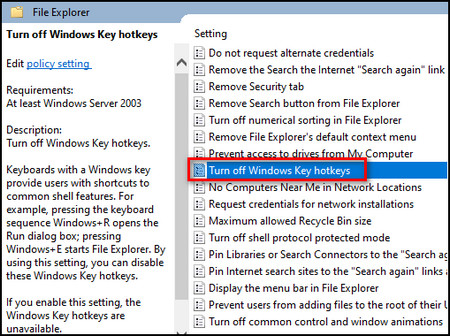
- Choose Enabled, click on Apply, then OK.
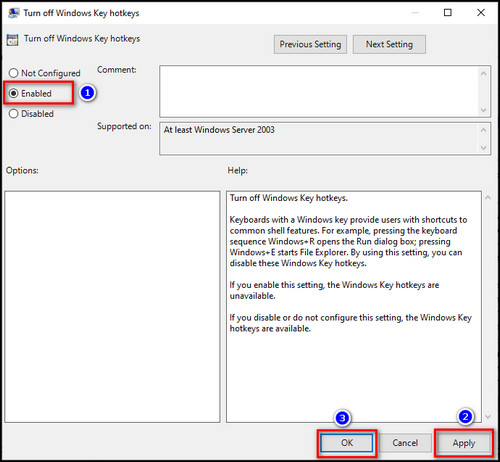
In case your shortcut keys are not working just turn on or off sticky keys from the Windows keyboard settings.
Now that you’ve enabled hotkeys on your computer, let’s create a new keyboard shortcut from scratch to explore the feature.
How to Create a Keyboard Shortcut in Windows 10
In Windows 10, you can create a keyboard shortcut from the ground up. To do that, go to the Properties of the app you want to open using a shortcut, insert your sequence in the Shortcut key box and apply the changes. Now, whenever you press the sequence, the app will open.
Below I’ve provided the step-by-step process to create a keyboard shortcut in Windows 10.
Here are the steps to create a keyboard shortcut in Windows 10:
- Right-click on the app icon for which you want to create a shortcut and select Properties.
- Move to the Shortcut tab.
- Provide your desired shortcut sequence in the Shortcut key field.
- Click on Apply and OK.
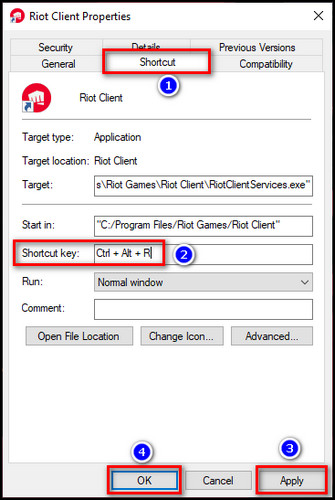
If your keyboard stops responding, check out our in-depth guide on how to fix keyboard not working on Windows 11. The same fixes work on Windows 10 as well.
Windows 10 has so many pre-made shortcuts for popular actions, so you don’t have to go through the trouble to make them yourself.
In the following section, I’ve provided the shortcuts you should learn right now!
Top 20 Most Useful Keyboard Shortcuts on Windows 10
Your Windows 10 PC can do much more than just Ctrl + C & Ctrl + V; there are many shortcuts available, and from them, I’ve listed the 20 most popular ones you must know.
Here are the top 20 most useful keyboard shortcuts available on Windows 10:
| Action | Shortcut |
|---|---|
| Swap between applications | Alt + Tab |
| Capture snippet | Windows + Shift + S |
| Remove entire words in docs | Ctrl + Backspace |
| Refresh web page | F5 |
| Capture active window | Alt + PrtScr |
| Minimize window | Window + D |
| Reopen the browser tab | Ctrl + Shift + T |
| Rename a file | F2 |
| Snap window | Windows + |
| Quick save files | Ctrl + S |
| Open the Action Center panel | Windows + A |
| Open Windows Settings | Windows + I |
| Switch between virtual desktops | Windows + Tab |
| Create a new virtual desktop | Windows + Ctrl + D |
| Jump to the top and bottom of a page | Ctrl + Home & Ctrl + End |
| Open Game bar | Windows + G |
| Open hidden quick link menu | Windows + X |
| Zoom in | Ctrl + Plus icon (+) |
| Zoom out | Ctrl + Minus icon (-) |
| Lock computer | Windows + L |
If some of the above mentioned shortcuts are not working on Microsoft Word, fix keyboard shortcut not working on Word by running the keyboard troubleshooter and enabling sticky keys.
FAQs
How do I disable keyboard shortcuts?
To disable keyboard shortcuts, open Local Group Policy Editor, select User Configuration > Administrative Templates > Windows Components and open File Explorer, set hotkeys to Disabled and apply the changes.
How do I fix keyboard shortcuts not working?
To fix keyboard shortcuts, disable sticky keys. Open Settings, select Ease of Access > Keyboard and toggle off sticky keys.
Why are my keyboard shortcuts not working in Windows 10?
Your keyboard shortcuts are not working in Windows 10 because your sticky keys are enabled.
Final Thoughts
The shortcut key sequences allow you to navigate your computer more swiftly.
This article explains all possible ways to activate the shortcut keys, along with creating new shortcuts.
Leave a comment below if you face any problems using the keyboard shortcuts, and I’ll walk you through the solution.

